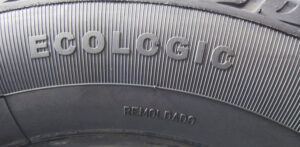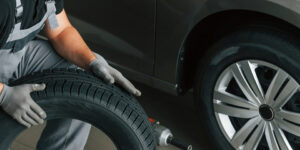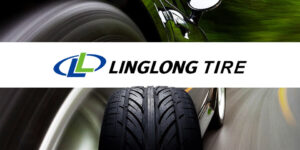How to Store Tires Correctly?
Properly storing your tires is crucial for their longevity and performance. Follow these guidelines to store tires correctly!
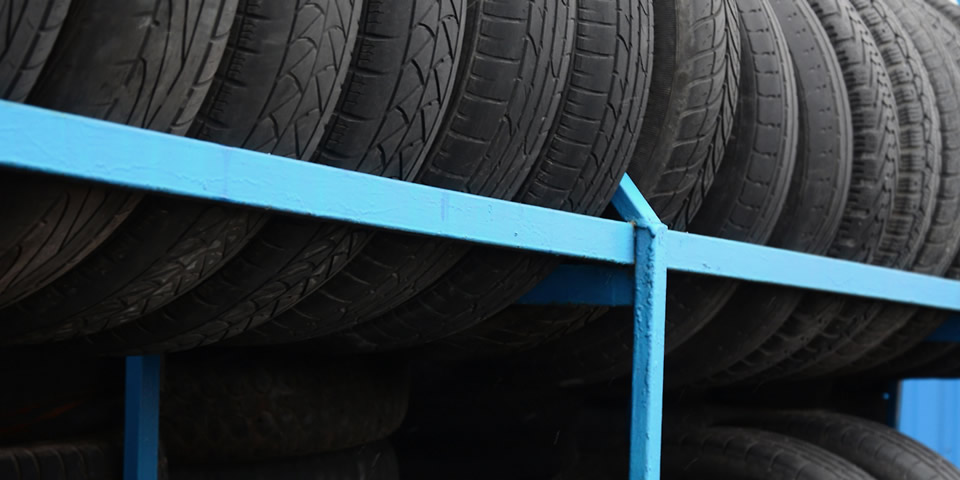
Have you ever wondered how to store tires correctly? Many people overlook the importance of proper tire storage, but it can actually have a significant impact on the lifespan and performance of your tires.
Whether you’re a car enthusiast, a regular driver, or a mechanic, knowing the best practices for tire storage is essential. In this post, we will explore the key factors to consider when storing your tires to ensure their longevity and safety.
So, let’s dive in and discover how to store tires correctly!
Must Read:
- Is remold tire good? Check out the pros and cons!
- Are second tier tires good? Why are they cheaper?
- Why is it Important to Rotate Car Tires?
- Are All Season Tires as Good as Winter Tires?
- What is Run Flat tire? How it works, pros and cons!
Choose the right location
When it comes to storing your tires correctly, selecting the ideal location is crucial. There are a few key factors to consider, such as temperature, moisture, and sunlight exposure. Let’s break it down:
1. Temperature: Tires are sensitive to extreme temperatures. Ideally, you should store them in a cool and dry environment with a consistent temperature. Extreme heat can cause rubber to degrade faster, while extreme cold can make them brittle and prone to cracking.
2. Moisture: Moisture is the enemy of tire storage. It can lead to mold, mildew, and corrosion. Avoid storing your tires in damp or humid areas, such as basements or garages with water leaks. Instead, opt for a dry and well-ventilated space.
3. Sunlight exposure: Direct sunlight can be harmful to tires, causing the rubber to deteriorate more quickly. Therefore, it’s best to choose a storage location away from direct sunlight or use tire covers to protect them from harmful UV rays.
Considering these factors, an ideal location for tire storage would be a dry, cool, and well-ventilated area, such as a climate-controlled garage or a dedicated tire storage rack. By selecting the right location, you can ensure that your tires remain in optimal condition during their time in storage. Answer: ”’html
Clean and inspect the tires
Before you store your tires, it’s important to clean them thoroughly and inspect them for any damage or irregularities. Here’s why this step is crucial and how to do it properly:
1. Cleaning: Cleaning your tires before storage helps remove any dirt, debris, or brake dust that could potentially cause damage or staining over time. You can use a mild soap or tire cleaner along with a soft brush or cloth to scrub the surface of the tires. Rinse them thoroughly and allow them to dry completely before proceeding to the next step.
2. Inspection: Carefully inspect each tire for any signs of damage, such as cuts, punctures, bulges, or uneven tread wear. These issues can affect the safety and performance of your tires. If you notice any abnormalities, it’s best to consult a professional to determine if the tire needs to be repaired or replaced.
Additionally, check the tire pressure and inflate them to the recommended levels as specified by the manufacturer. This will help prevent flat spots from forming during storage. By cleaning and inspecting your tires before storage, you can ensure that they are in good condition and ready for use when you need them again.
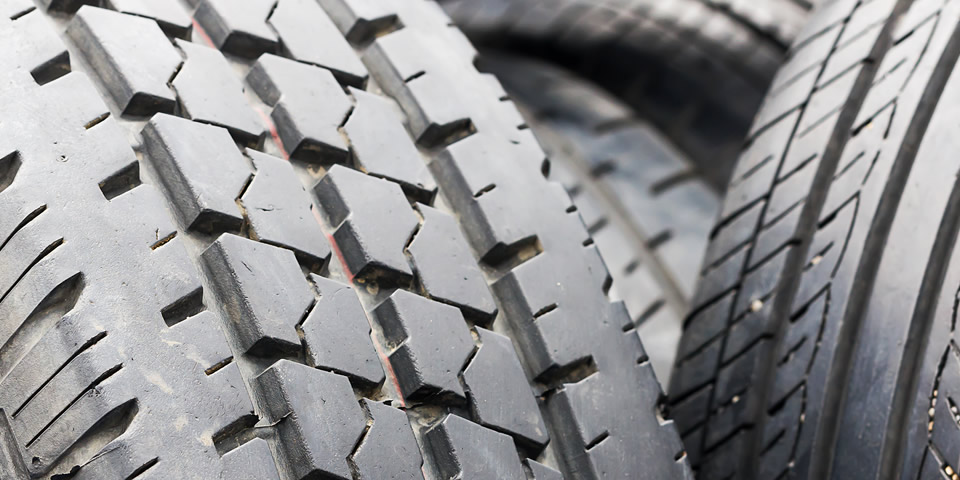
Stack or hang the tires
When it comes to storing tires, you have two main options: stacking or hanging. Both methods have their advantages, so let’s explore each one in detail:
Stacking
If you choose to stack your tires, it’s essential to do it properly to avoid any damage or deformities. Follow these steps:
a. Start by placing a clean piece of cardboard or a tire mat on the ground to create a stable base for the bottom tire.
b. Carefully stack the tires on top of each other, ensuring that the weight is evenly distributed.
c. To prevent tire deformation, alternate the direction of each tire as you stack them. For example, if you stack the first tire with the tread facing up, stack the next one with the tread facing down.
d. If you need to stack multiple sets of tires, it’s a good idea to place a piece of cardboard or a tire mat between each set to provide cushioning and prevent any contact between the tires.
e. Make sure not to stack the tires too high. As a general rule, it’s best to keep the stack no higher than four feet to maintain stability and prevent any accidents.
Hanging
Hanging your tires can be a space-saving and convenient option. Follow these steps for proper tire hanging:
a. Use a sturdy wall-mounted tire rack or specialized tire hooks designed for hanging tires. These can usually be found at automotive stores or online.
b. Ensure that the hooks or rack are securely installed and can support the weight of the tires. You don’t want them to come crashing down!
c. Gently lift the tires onto the hooks or rack, taking care to hang them evenly spaced.
d. Avoid hanging the tires for an extended period if they’re inflated. Over time, this can cause the tires to develop flat spots or deformities.
e. If you’re hanging performance tires with delicate sidewalls, consider using tire covers or soft fabric straps to protect them from any potential damage.
Remember, regardless of whether you choose to stack or hang your tires, make sure they are stored in a clean, dry, and well-ventilated area away from direct sunlight or extreme temperatures. Following these guidelines will help optimize space and ensure your tires remain in good condition during storage.
Use tire covers or bags
When it comes to storing your tires correctly, using tire covers or bags can provide an additional layer of protection. Here are the benefits of using tire covers or bags and how they can safeguard your tires during storage:
1. Dust protection: Tire covers or bags help keep dust and dirt away from your tires. Dust buildup can lead to premature wear and affect the tire’s performance. By covering them, you minimize the risk of dust particles settling on the surface and causing potential damage.
2. Sunlight protection: Direct sunlight can have harmful effects on your tires. UV rays can deteriorate the rubber compound over time, making them more susceptible to cracking and other forms of damage. By using tire covers or bags, you shield your tires from prolonged sunlight exposure, extending their longevity.
3. Moisture protection: Moisture can be detrimental to tire storage. It can lead to mold, mildew, and corrosion, compromising the integrity of your tires. Tire covers or bags act as a barrier, preventing moisture from seeping in and ensuring your tires remain dry and free from any potential damage. Whether you choose tire covers or bags depends on personal preference and the amount of storage space available.
Ensure that the covers or bags you select fit snugly and provide adequate protection. By using tire covers or bags, you can rest assured that your tires are shielded from dust, sunlight, and moisture, ultimately extending their lifespan and performance.
Monitor tire pressure
Regularly checking and maintaining tire pressure is essential, even when your tires are in storage. This practice helps prevent flat spots or other issues that may occur over time. Here’s why monitoring tire pressure matters and how to do it effectively:
1. Prevent flat spots: When tires are stationary for an extended period, they can develop flat spots due to the weight of the vehicle resting on them. This can lead to an uneven tread wear and an uncomfortable ride when you put them back on your vehicle. By keeping the tire pressure at the recommended level, you can minimize the risk of flat spots forming during storage.
2. Avoid other problems: Maintaining proper tire pressure also helps prevent other storage-related issues, such as tire deformation, sidewall damage, or even a sudden blowout when you reinstall them. Pressure fluctuations due to temperature changes can occur, and keeping a close eye on tire pressure ensures that you catch any abnormalities early on.
3. How to monitor: Start by inflating your tires to the manufacturer’s recommended pressure before storing them. Then, it’s a good idea to check the tire pressure regularly, at least once every month. You can use a quality tire pressure gauge to measure the pressure accurately. If you notice any pressure loss, inflate the tires to the correct level. Remember that cold weather can cause tire pressure to drop, so make sure to adjust accordingly.
By monitoring and maintaining proper tire pressure, you can safeguard your tires from potential issues and ensure they’re ready for optimal performance when you’re ready to use them again.
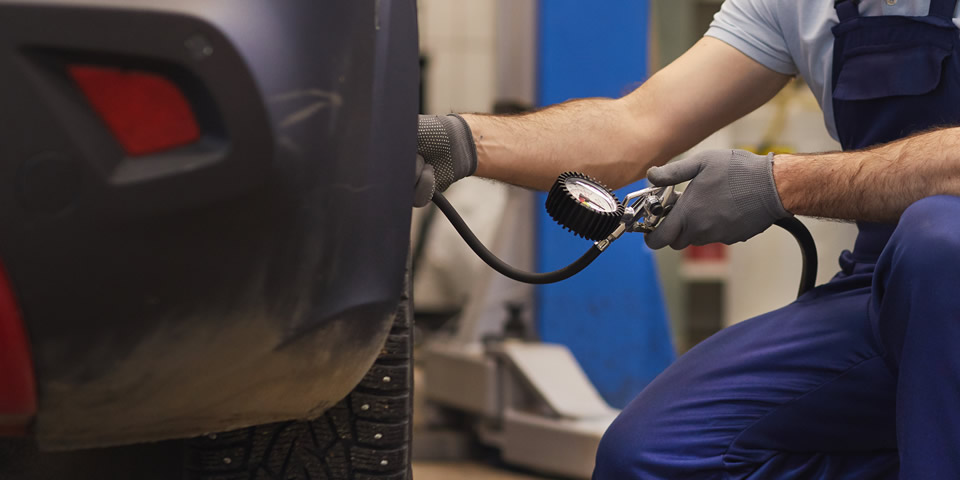
Rotate the tires periodically
To ensure even wear and prolong the lifespan of your stored tires, it is highly recommended to rotate them every few months. Here’s why tire rotation is important and how to do it effectively:
1. Even wear: Tires tend to wear unevenly, especially when stationary for long periods. By rotating them regularly, you distribute the workload across all tires, allowing for more even wear. This helps extend their lifespan and ensures optimal performance when you put them back on your vehicle.
2. Rotation patterns: Proper tire rotation involves moving the front tires to the rear and vice versa, as well as crossing them from side to side. This pattern promotes even wear on all four tires. Refer to your vehicle’s manual or consult a professional to determine the appropriate rotation pattern for your specific tire type and vehicle.
3. Frequency: It is generally recommended to rotate your tires every 6,000 to 8,000 miles or every six months, whichever comes first. However, for stored tires, it’s advisable to rotate them every few months to prevent any flat spots or deterioration caused by being in a stationary position for an extended period.
By following these guidelines and regularly rotating your stored tires, you can ensure that they wear evenly and last longer, saving you money in the long run.
Keep tires away from chemicals
It’s important to keep your tires away from any exposure to chemical substances during storage. Chemicals can have harmful effects on the rubber compound and lead to premature deterioration. Here’s why this precaution is crucial and how to ensure your tires stay protected:
1. Potential harm: Chemical substances, such as oil, gasoline, solvents, and cleaning agents, can cause damage to the rubber material of your tires. These substances can penetrate the rubber, causing it to weaken, crack, or even dissolve over time.
2. Proper storage: To protect your tires from chemicals, follow these steps:
a. Store your tires in a clean and dry area away from any potential contact with chemicals.
b. Avoid storing your tires near areas where chemical products are stored, such as garages or workshops.
c. If you are storing your tires in an enclosed space, ensure that there are no chemical leaks or spills nearby.
d. Keep in mind that even small amounts of chemical exposure can have a cumulative effect, so it’s best to err on the side of caution and maintain a safe distance.
By keeping your tires away from chemicals, you can maintain their integrity and ensure their longevity. Remember, prevention is always better than having to deal with potentially irreparable damage down the line.
Recheck tires before use
Before reinstalling your stored tires on a vehicle, it’s crucial to thoroughly inspect them and check their condition. This step ensures that your tires are safe and ready for use. Here’s a reminder of what to do before putting your tires back on the road:
1. Visual inspection: Carefully examine each tire for any visible signs of damage, such as cuts, bulges, or punctures. Additionally, check for any unusual wear patterns or sidewall cracks. If you notice any of these issues, it’s best to replace the tire rather than risking a potential safety hazard down the road.
2. Tread depth: Adequate tread depth is essential for proper traction and grip on the road. Use a tread depth gauge to measure the depth and ensure that it meets the minimum legal requirement. If the tread depth is below the recommended threshold, consider getting new tires.
3. Tire pressure: Check the tire pressure using a reliable tire pressure gauge. Ensure that the pressure matches the manufacturer’s recommendations. Improper tire pressure can affect handling, fuel efficiency, and overall tire performance. Adjust the pressure as needed, and don’t forget to check the spare tire as well.
4. Proper alignment: Misaligned tires can lead to uneven wear and affect vehicle handling. If you notice any signs of misalignment, such as the vehicle pulling to one side or steering wheel vibration, it’s advisable to get the alignment checked and corrected by a professional.
By carefully rechecking your tires before use, you can ensure a safe and smooth driving experience without any surprises. Remember, your tires are the only contact point between your vehicle and the road, so it’s crucial to prioritize their condition and maintenance.

